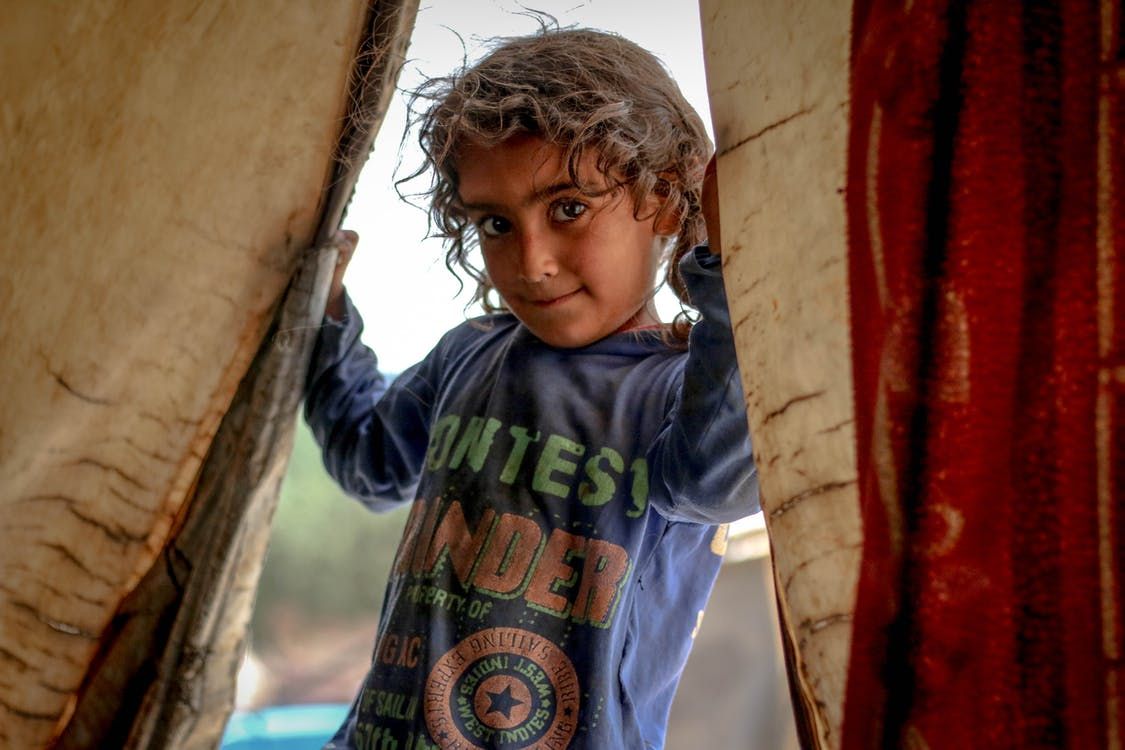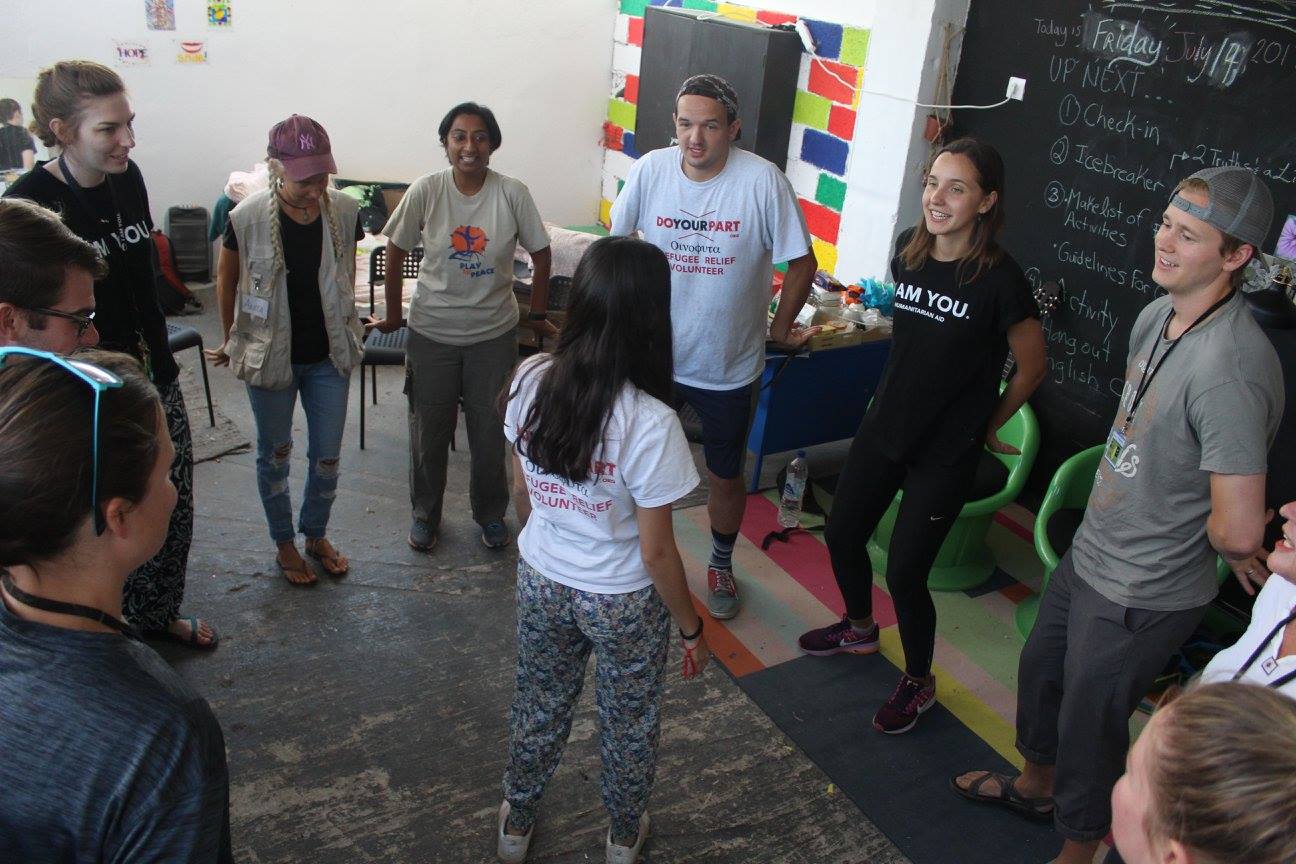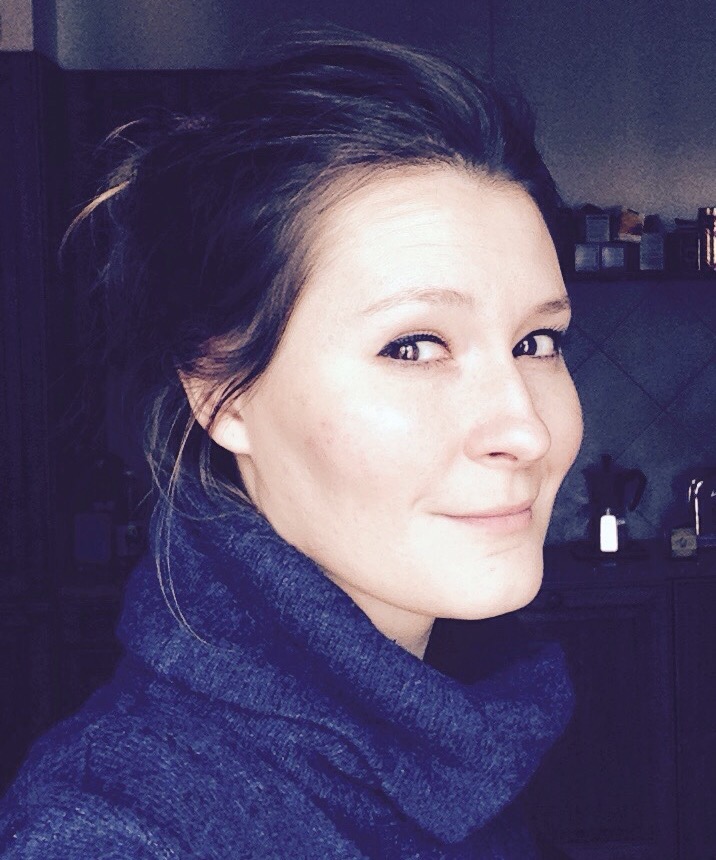The importance of helping youths in conflict zones has become more important than ever. The current crisis between Ukraine and Russia has left the children of Ukraine both physically and mentally scarred. All over the world, many other areas like Syria and Palestine are experiencing conflicts that create lasting harm to their young citizens.
Helping youths in the same circumstance is important because it lets them know that they are not alone in their struggles and that there is a possibility of a better future. It can also be a way of showing solidarity with them and helping them understand that they do not deserve to be in the situation that they are in. If you want to take a step to aid the youth who are caught in conflict zones, here are some of the things you can do:
Support Causes
When these conflicts arise, there are numerous organizations that have helpful programs to show support to the youth within the affected areas. These individuals are displaying great amounts of strength and resilience so it is important to acknowledge that by aiding groups who can make a difference. While monetary donations are one way of supporting these causes, you can also choose other avenues like donating in-kind or doing volunteer work. You can also attend their fundraising events.
Before choosing an organization you would like to work with, be sure to research their initiatives and how they help the youths in conflict zones. Be sure that the initiatives are truly benefiting those who are affected and that they are making a difference.
Become Educated
It is also necessary to be educated to be able to properly help youths in conflict zones. This will give you a better insight and understanding of the root cause of the problem so you can identify other ways you can help them. Oftentimes, these conflicts have a cultural and systemic cause so to address them you will need a comprehensive understanding of the background of those affected. You can also use this information to raise awareness to people who can take action to provide the right kind of care that these young people need.
If you want to do more and potentially work in a humanitarian field, you could take this a step further by taking courses that are directly related to social work and social justice. There are plenty of ways to do this depending on your goal. Platforms like Udemy have short courses designed for those who are interested in international humanitarian & development careers. For those who want a more comprehensive approach, a sociology degree will cover areas such as community responsibility, mental illness, human sexuality, terrorism, race, ethnicity, and crime. This will provide you with a nuanced perspective of what’s happening in conflict-affected communities that can be translated to real world action.
Be Hands-On
The last way you can help is by being hands-on with how you extend a helping hand. This could mean going to the affected region to help its citizens rebuild their lives. It could also mean volunteering to teach or treat youths who are sick if this is already your line of work. Having a more firsthand and immediate approach to the problem will make a big difference to the lives of those in conflict zones.
This option is mainly for those who have more time and resources to give to the affected communities. Though it can be a major help when it comes to being able to show support and create a better environment for the youth, it is not the only way to do so.
While conflict can affect people of all ages, its repercussions are felt more by children. This is an important time for their development that if stunted, can have negative effects on their overall wellbeing in the future. This is why it is important to help and support them in any way possible.
Written by Roane Justine exclusively for Play for Peace
Photo by pexels.com






